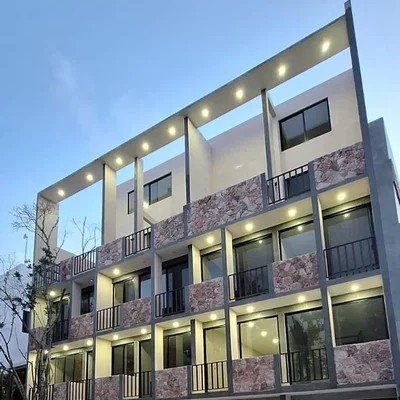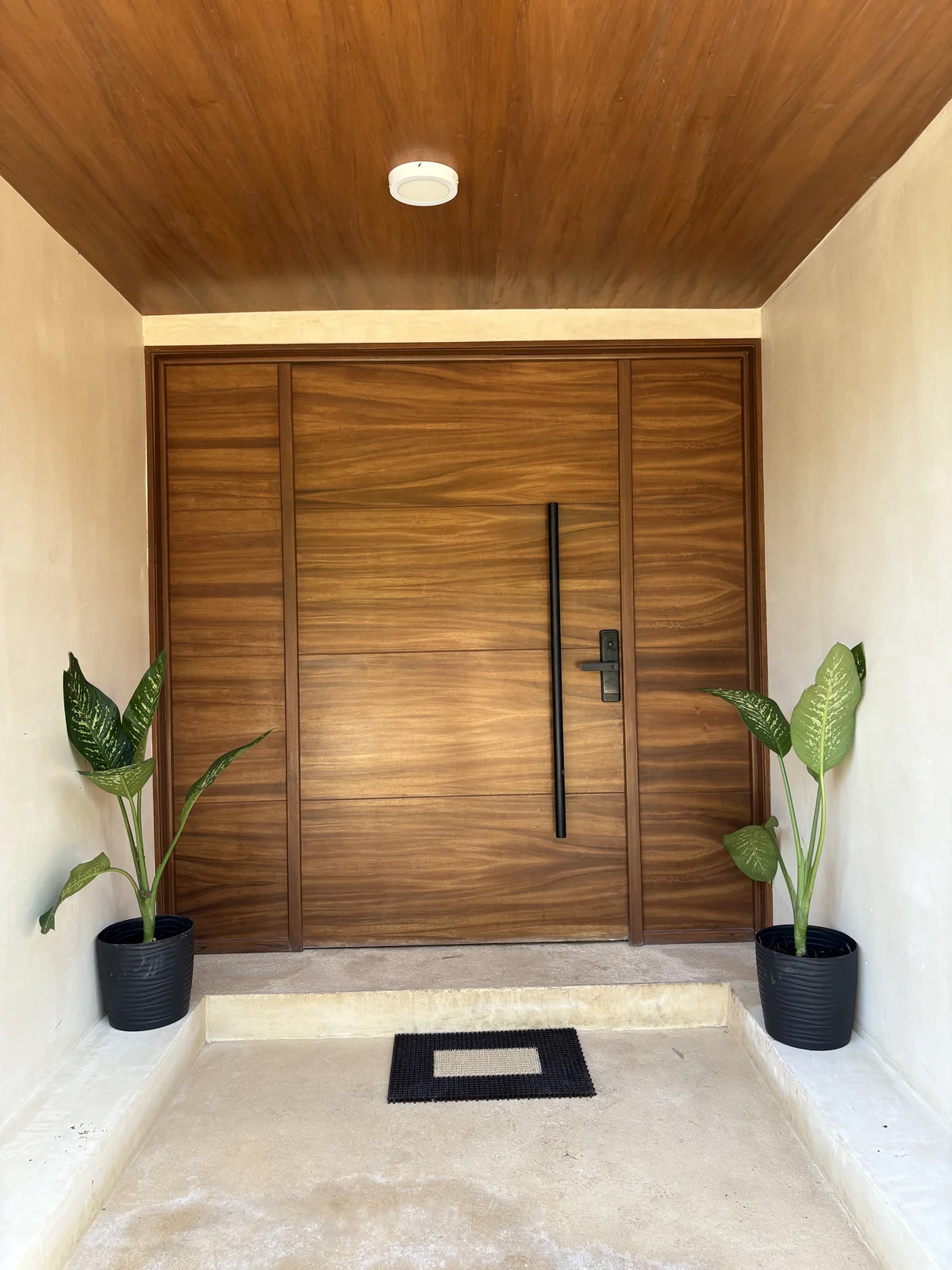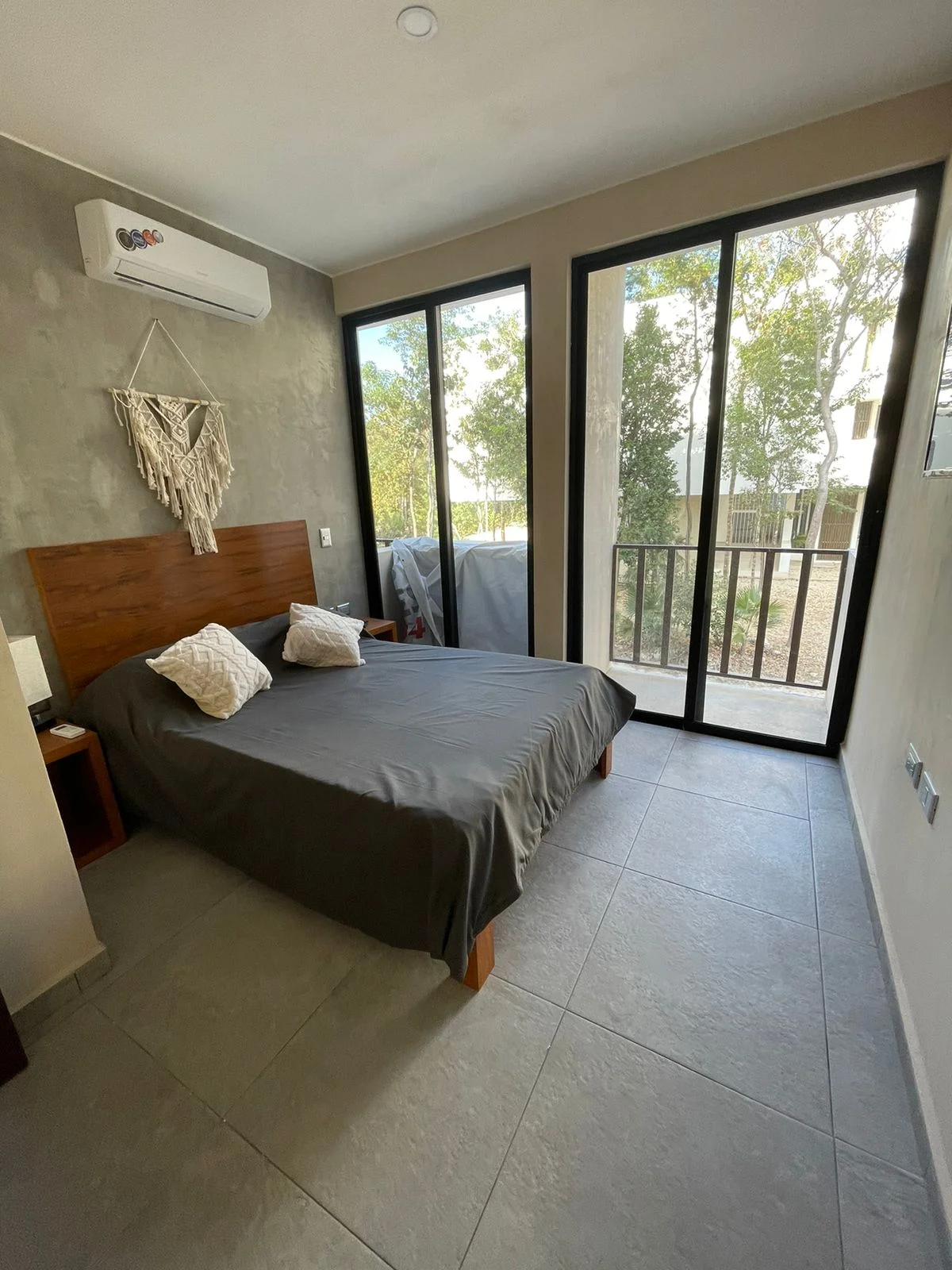Jungle Luxe Retreat: Securing a Defensible Asset in Tulum's Correcting Market
The investment thesis is to acquire a differentiated asset, Gautama, within a market undergoing a deep and necessary correction. As of Q4 2025, the Tulum real estate market is defined by a critical oversupply of condominium inventory, which has precipitated a
40% slowdown in demand
and a corresponding crash in the short-term rental market. In this distressed environment, Gautama demonstrates notable product-market fit, having achieved a
67% sold status
for its 18 total units. This performance signals an opportunity to acquire a proven asset and leverage its unique amenity mix to establish a defensible, niche product capable of outperforming the saturated standard rental market over a long-term hold period. This investment is suitable only for sophisticated, long-term cash buyers prepared to navigate significant market volatility.
🛡️ Foundational Market Strengths (Beta)
Despite the severe short-term market dislocation, the asset is anchored by structural, long-term catalysts that support the region's fundamental value proposition. These factors provide a baseline of stability against which a niche strategy can be executed.
-
Strategic Infrastructure Catalysts:
The recent completion of the Tulum International Airport and the operational Tren Maya network represent foundational infrastructure investments that enhance long-term accessibility. These projects are expected to drive future tourist and investor demand once market equilibrium is restored.
-
Enhanced Urban Livability:
The conclusion of the 2022 PACTUM 32-month mobility plan has materially improved the urban core's infrastructure. While specific investment figures for the PACTUM plan were not itemized in the provided data, its completion has qualitatively improved livability through new sidewalks and an extensive network of cycle paths, adding durable value to the city.
-
Enduring Destination Appeal:
Tulum's global brand as a world-class destination provides a resilient, long-term demand floor. This enduring allure is a key factor that has historically attracted capital and is expected to aid in the market's eventual recovery.
-
Targeted Segment Resilience:
Market intelligence confirms that the luxury and eco-niche property sectors have remained resilient amidst the broader downturn. These segments continue to attract premium rental rates, validating the asset's strategic positioning towards a wellness-focused clientele.
💎 Competitive Advantages (Alpha)
The asset's intrinsic characteristics provide specific, defensible advantages that enable it to compete effectively within a saturated and distressed market. These alpha drivers are critical for insulating the investment from the worst of the market's rental rate compression.
-
Proven Market Absorption:
In a market where property purchases have decreased by approximately
40%
from peak levels, the project has achieved a
67% sold status
(12 of 18 units sold). This sales velocity is a powerful indicator of superior product-market fit and significantly de-risks the acquisition of the remaining inventory.
-
Diversified Commercial Income Stream:
The inclusion of an on-site commercial area provides a crucial opportunity for diversified income, reducing the asset's sole reliance on the highly volatile and oversupplied short-term residential rental market, where current yields often only cover expenses.
-
Unique Architectural Branding:
The non-replicable "Bird Nest" feature serves as a powerful marketing and branding tool. In a commoditized market, this architectural differentiator can attract higher-quality rental clients and justify premium positioning.
-
Targeted Wellness Amenity:
The dedicated "Zen Area" directly addresses the resilient wellness and eco-conscious tourist niche. This amenity aligns with Tulum's core brand identity and provides a tangible justification for commanding premium rental rates relative to standard condominium offerings.
📈 Strategic Outlook & Risk Analysis
-
🔴 Primary Market Risk:
A critical oversupply of condominium inventory, evidenced by a 40% slowdown in demand, which has crashed the short-term rental market and led to plummeting rental yields.
-
🔴 Inventory Exposure:
High. The asset's inventory of apartment-style units places it directly within the most oversupplied and competitive segment of the Tulum market, making it highly vulnerable to rental rate compression and high vacancy.
-
🟢 Strategic Confidence:
The analyst's confidence is rated as
Low to Moderate. While the unique amenities provide a basis for a niche marketing strategy, they are unlikely to fully insulate the asset from the severe market-wide demand shock and rental rate pressure.
-
🟢 Core Rationale:
The investment thesis is to acquire a differentiated asset within a market facing a deep correction and leverage its unique amenity mix—specifically the on-site commercial space and wellness features—to create a defensible niche product capable of outperforming the saturated standard condominium rental market over a long-term hold period.
🎯 Ideal Investor Profile
The ideal investor is an opportunistic, long-term cash buyer with a
7-10 year investment horizon
and a high tolerance for risk. This profile is essential given the macroeconomic headwinds, including projected slowdowns in both the U.S. (
1.6% GDP growth
) and Mexican (
0.4% GDP growth
) economies for 2025. The investor must not be reliant on immediate cash flow, as current market yields are insufficient. The focus must be on capital appreciation and leveraging the asset's unique architectural and wellness amenities to build a distinct brand identity that can command premium rental rates once the market stabilizes. Direct experience in operating boutique, lifestyle-oriented properties and managing small-scale commercial components is a significant advantage.









